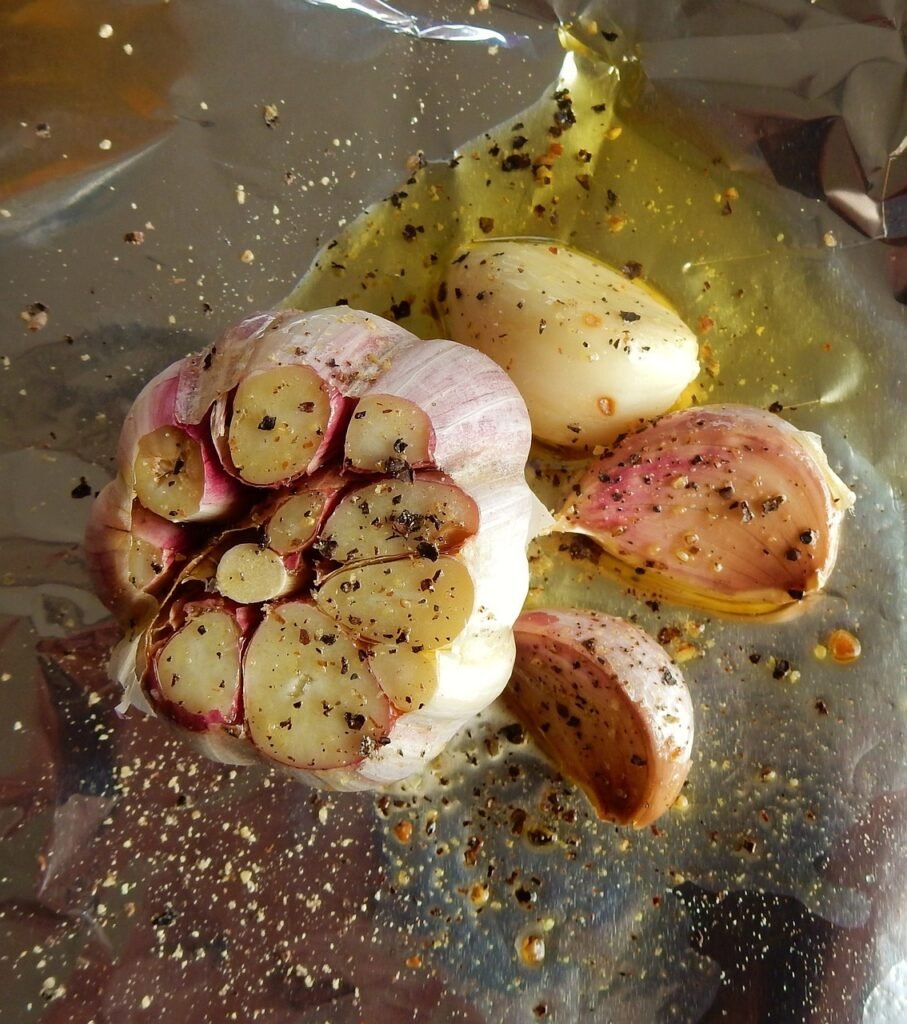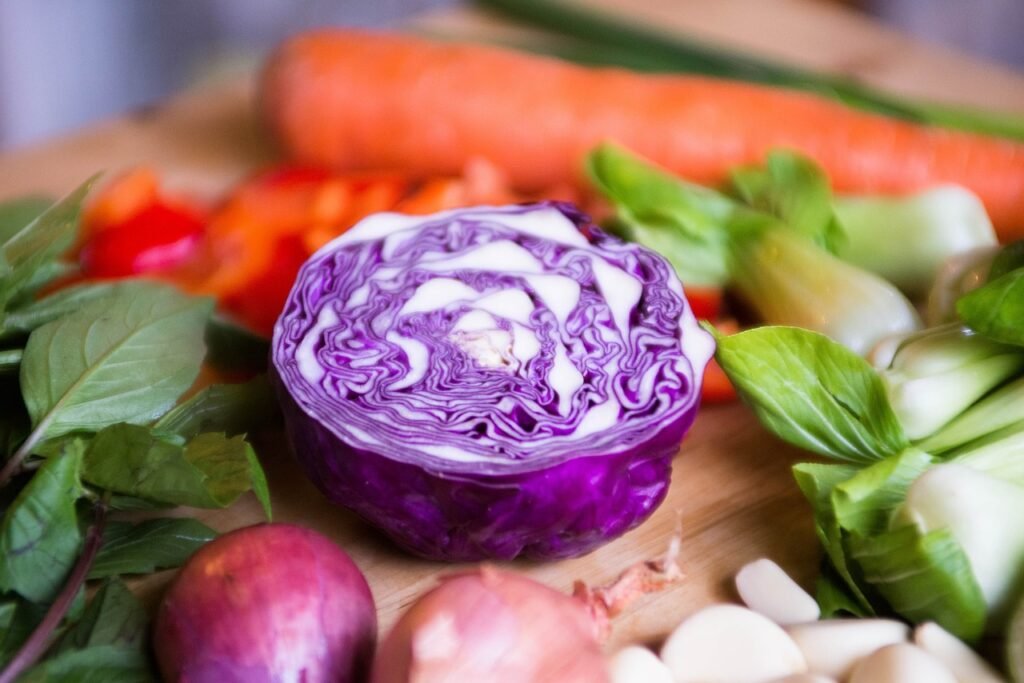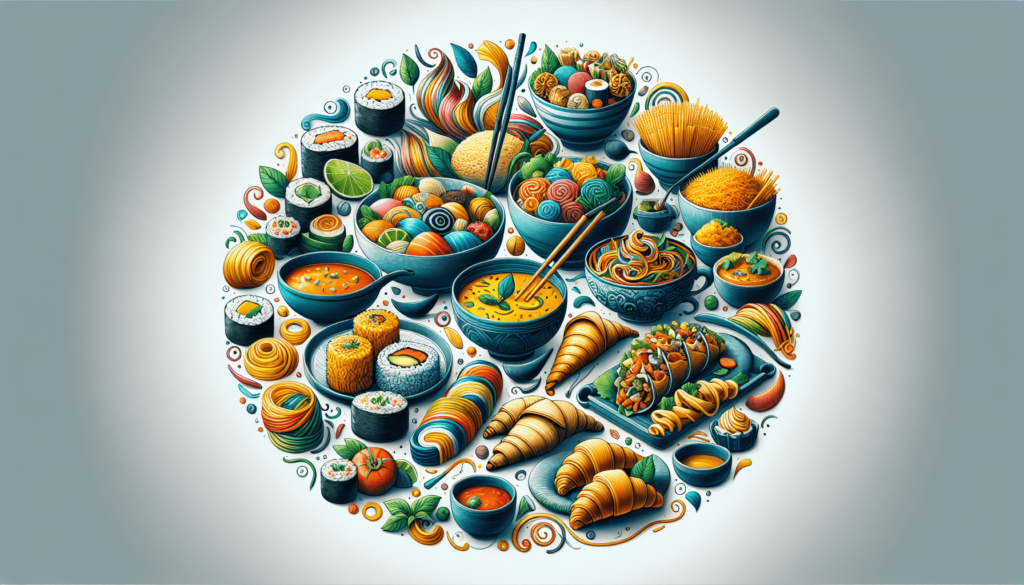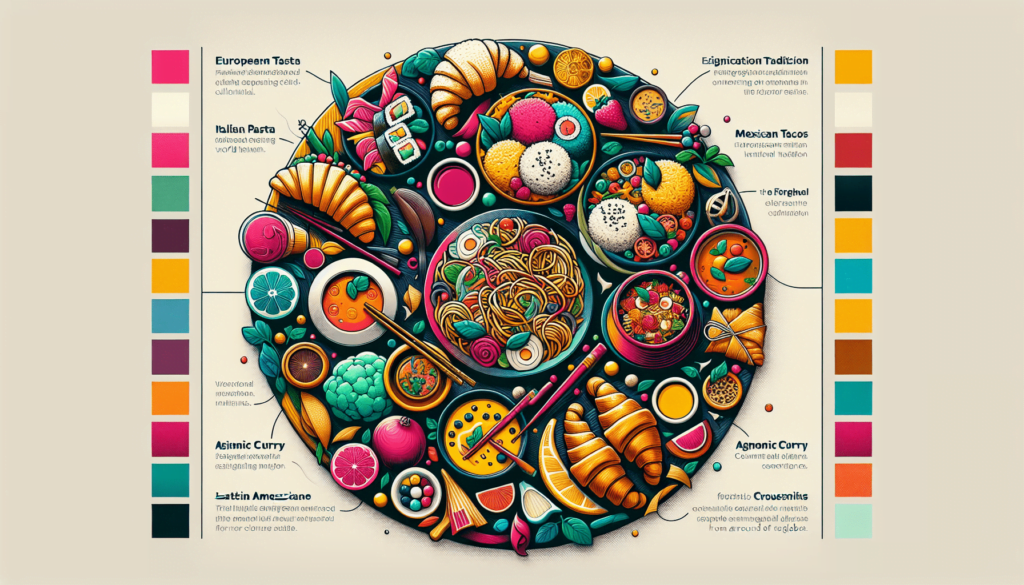Dive into the delicious world of global cuisine with “Taste the World: A Gastronomic Journey for the Culinary Enthusiast.” In this article, you will explore the rich tapestry of flavors that different cultures offer, from the historical roots of ancient culinary traditions to the contemporary trends shaping modern dining. You’ll wander through the bustling markets of Marrakech, savor the delicate flavors of Japanese cuisine, and uncover the secrets behind Italy’s timeless pasta recipes.
Each paragraph is crafted to whisk you away on a flavorful adventure, providing detailed insights and captivating examples that highlight the diversity and complexity of the world’s culinary landscape. Whether you’re a seasoned foodie or just beginning your gastronomic journey, this article promises to broaden your palate and deepen your appreciation for the art of food.
Table of Contents
Taste the World: A Gastronomic Journey for the Culinary Enthusiast
Have You Ever Dreamed of Traveling the World Through Its Flavors?
There’s something incredibly captivating about the variety of flavors from different parts of the world. Whether it’s the rich, aromatic spices of Indian cuisine or the fresh, zesty notes of Mediterranean dishes, each bite takes you on a journey. So, why not explore the world, one dish at a time? Today, we’re diving into a gastronomic journey for all you culinary enthusiasts out there.
Overview
Our planet is a melting pot of cultures, each bringing its unique culinary traditions to the table. In a world where travel and food are more accessible than ever, exploring global cuisines isn’t just for the well-traveled anymore. Taste the World aims to capture the essence of this exciting blend, highlighting the cultural significance, history, and modern-day practices of global culinary arts.

This image is property of pixabay.com.
A Flavorful Thesis
Our main focus today is to explore the rich diversity and timeless appeal of global cuisine, especially for those who have a love for food. We’ll look at the historical context, delve into current trends, and discuss future directions. By the end of this article, you’ll have a deeper appreciation for the culinary tapestry that the world offers, all while your taste buds tingle with anticipation.
Historical Context
A Brief History of Global Cuisine
From the ancient spice routes to today’s fusion restaurants, the history of global cuisine is as rich as it is diverse. Ancient civilizations like the Egyptians, Greeks, and Romans heavily influenced the way we eat today. Each conquered territory often brought new ingredients and techniques into the mix.
The Spice Routes
The Spice Routes, established around 2000 BCE, marked one of the first significant exchanges of culinary techniques and ingredients. Spices like cinnamon, cloves, and nutmeg were transported from Asia to Europe, forever changing the culinary landscapes of the continents involved.
The Evolution Through Time
Fast-forward to the Age of Exploration in the 15th and 16th centuries, where the discovery of the New World brought tomatoes, potatoes, and chocolate to European kitchens. These exchanges laid the groundwork for what we now term as “global cuisine.”

This image is property of pixabay.com.
Current Trends
Fusion Cuisine: A Global Trend
Fusion cuisine is a key trend in today’s culinary world. This approach blends ingredients and cooking techniques from different cultures to create unique, harmonious dishes.
Why Fusion Works
Fusion cuisine works because it allows chefs to innovate, offering a fresh twist on traditional recipes. This trend appeals to adventurous eaters looking to experience something new while still enjoying familiar flavors.
Sustainability in Food
Another major trend is the move towards sustainability. From farm-to-table movements to zero-waste kitchens, sustainability is influencing global cuisine more than ever.
Embracing Slow Food
The Slow Food movement, which began in Italy, promotes local food and traditional cooking. It’s a counter-movement to fast food, emphasizing quality over quantity and encouraging sustainable food practices.
Key Concepts and Definitions
What is Fusion Cuisine?
Fusion cuisine is a style of cooking that combines elements from different culinary traditions. This can mean combining ingredients from various parts of the world or using cooking techniques from multiple cuisines to create a new dish.
Understanding Sustainability in Food
Sustainability in food refers to practices that are environmentally friendly, economically viable, and socially responsible. It includes sourcing ingredients locally, reducing food waste, and using eco-friendly packaging.

This image is property of pixabay.com.
Detailed Exploration
Now that we have a solid foundation, let’s delve deeper into some culinary experiences and examples. We’ll look at specific cuisines and how they define their cultural narrative.
Exploring Italian Cuisine
Italian cuisine is synonymous with simplicity and quality. Characterized by its use of fresh, high-quality ingredients, every Italian dish tells a story of tradition and love for food.
Pasta: A Cultural Icon
Pasta holds a special place in Italian cuisine. Each region in Italy boasts its unique pasta recipes, making it a fascinating subject for any culinary enthusiast.
The Spices of Indian Cuisine
India is known for its spices, which add layers of flavor to its dishes. From turmeric to cardamom, these spices are integral to Indian cuisine’s identity.
The Role of Spices in Indian Cooking
Spices in Indian cooking are not just about flavor; they also have medicinal properties. For example, turmeric is known for its anti-inflammatory benefits.
The Fresh Flavors of Mediterranean Cuisine
Mediterranean cuisine is all about fresh ingredients and simple preparation methods. Think olive oil, fresh vegetables, and lean meats.
Health Benefits
Mediterranean cuisine is often lauded for its health benefits. It’s rich in healthy fats, antioxidants, and lean proteins.
Example 1: The Story of Sushi
Sushi is more than just raw fish and rice; it’s a culinary art form that has captivated the world. Originating from Japan, sushi has various styles and techniques that have evolved over centuries.
Nigiri, Sashimi, and Maki
Different types of sushi offer various tastes and textures. For example, Nigiri involves a slice of fish atop a small mound of rice, whereas Maki is sushi rolled with seaweed and rice.
Example 2: The Tale of Tacos
Tacos, a staple in Mexican cuisine, are a versatile and beloved dish. Whether filled with carnitas, fish, or veggies, tacos reflect the rich culinary history of Mexico.
Street Tacos Versus Gourmet Tacos
Street tacos are a humble, traditional version often enjoyed in Mexico, while gourmet tacos have made their way into upscale restaurants around the world.
Comparison of Different Perspectives
Traditional vs. Modern Approaches
There’s an interesting tug-of-war between traditional and modern approaches to cuisine. While traditional methods emphasize authenticity and cultural heritage, modern techniques focus on innovation and sustainability.
Pros and Cons
Traditional methods offer deeply rooted flavors and historical authenticity. However, they can sometimes be less adaptable to modern dietary needs, such as gluten-free or vegan diets. On the other hand, modern approaches bring innovation but can sometimes stray too far from the original intent, losing the cultural significance.

Impact Assessment
How These Perspectives Influence Dining
The contrasting approaches between traditional and modern cooking significantly impact dining experiences. Authentic, traditional dishes often provide a comforting, familiar taste, whereas modern dishes offer excitement and innovation.
Evidence-Based Analysis
Studies show that diners appreciate the balance between tradition and innovation. According to a National Restaurant Association survey, 70% of consumers are interested in trying new flavors, provided they are grounded in culinary heritage.
Future Directions and Implications
Predictions for Global Cuisine
Looking ahead, the fusion of tradition and innovation will likely continue to dominate the culinary landscape. Advances in technology, such as molecular gastronomy, will introduce even more novel techniques and flavors.
Broader Implications
The emphasis on sustainability will have far-reaching implications, not just for culinary trends but also for global food policies. Expect to see more regulations and initiatives aimed at fostering sustainable food practices worldwide.

Conclusion
Recap
We’ve journeyed through the fascinating world of global cuisine, exploring its historical roots, current trends, and future directions. From the age-old spice routes to today’s fusion dishes, the culinary world is a rich tapestry that reflects our shared human experience.
Final Thought
So, the next time you sit down to enjoy a meal, think about the long history and cultural significance behind each bite. How does your meal connect you to different parts of the world? What stories do these flavors tell?
Engagement
We’d love to hear your culinary stories or any questions you might have. Feel free to comment below or share this article with fellow food enthusiasts. Let’s create a community where we can taste the world together!
Credible Sources
- McWilliams, M. (2005). The Story Behind the Dish: Classic American Foods. Greenwood Publishing Group.
- Goldstein, D. (2008). The Georgian Feast: The Vibrant Culture and Savory Food of the Republic of Georgia. University of California Press.
- Nene, R. (2016). Indian Cooking Unfolded. Workman Publishing.
- Byrne, J. (2013). Food in America: The Past, Present, and Future of Food, Farming, and Cuisine. Houghton Mifflin Harcourt.
Join us in this ongoing celebration of global cuisine and stay tuned for more delicious journeys around the world!
Related Site – Global Culinary Journey / A Taste of World Cultures
